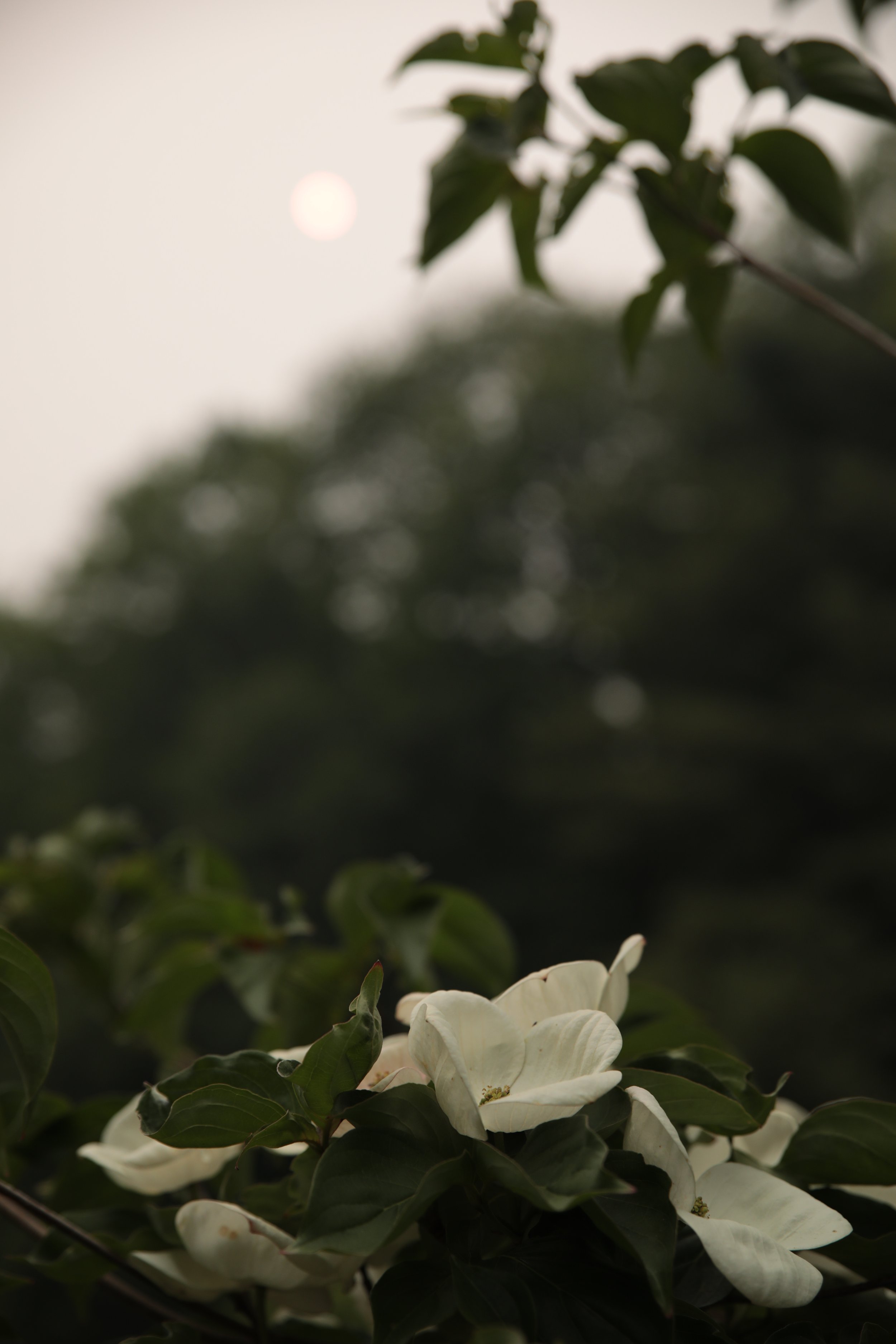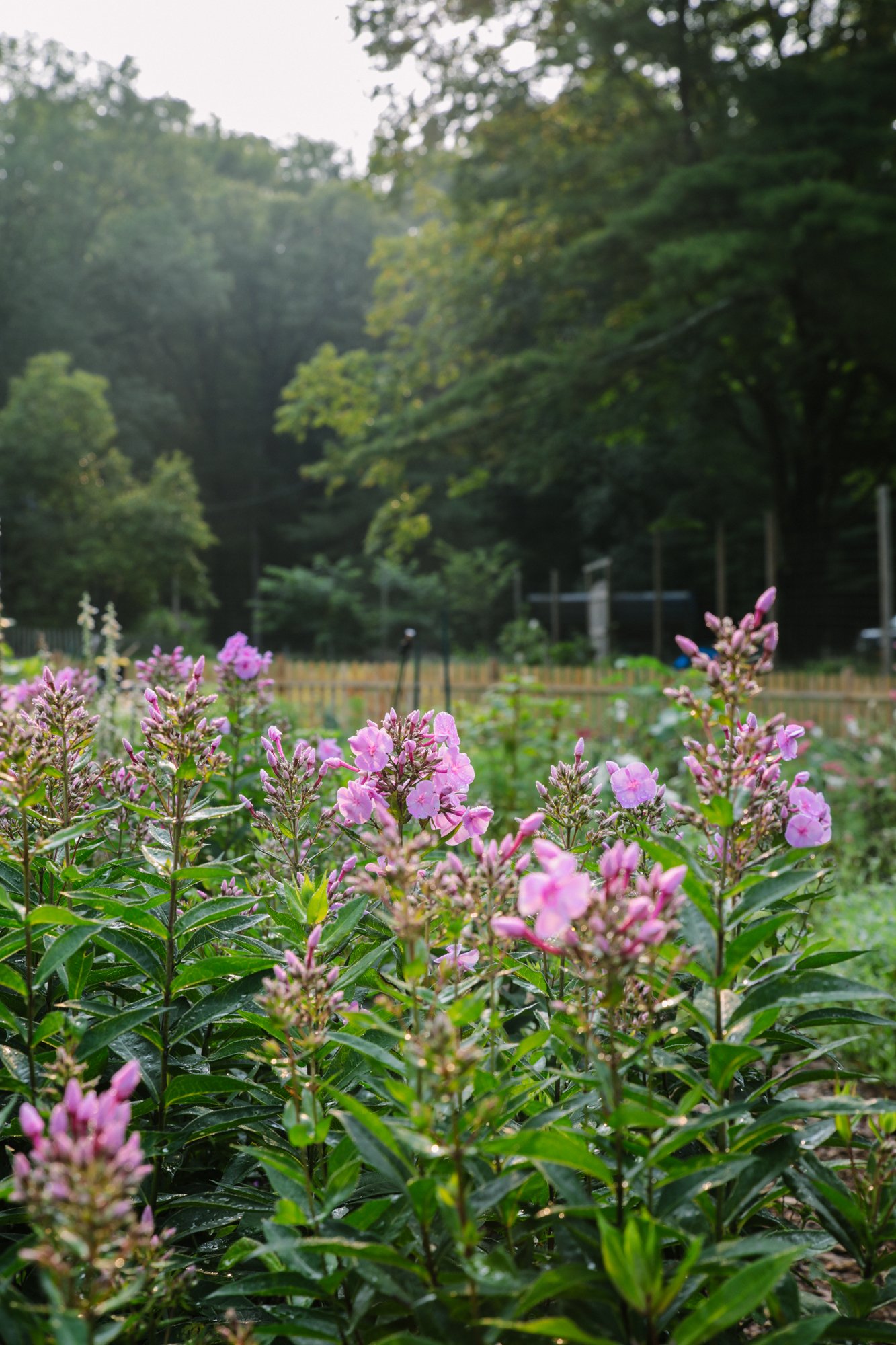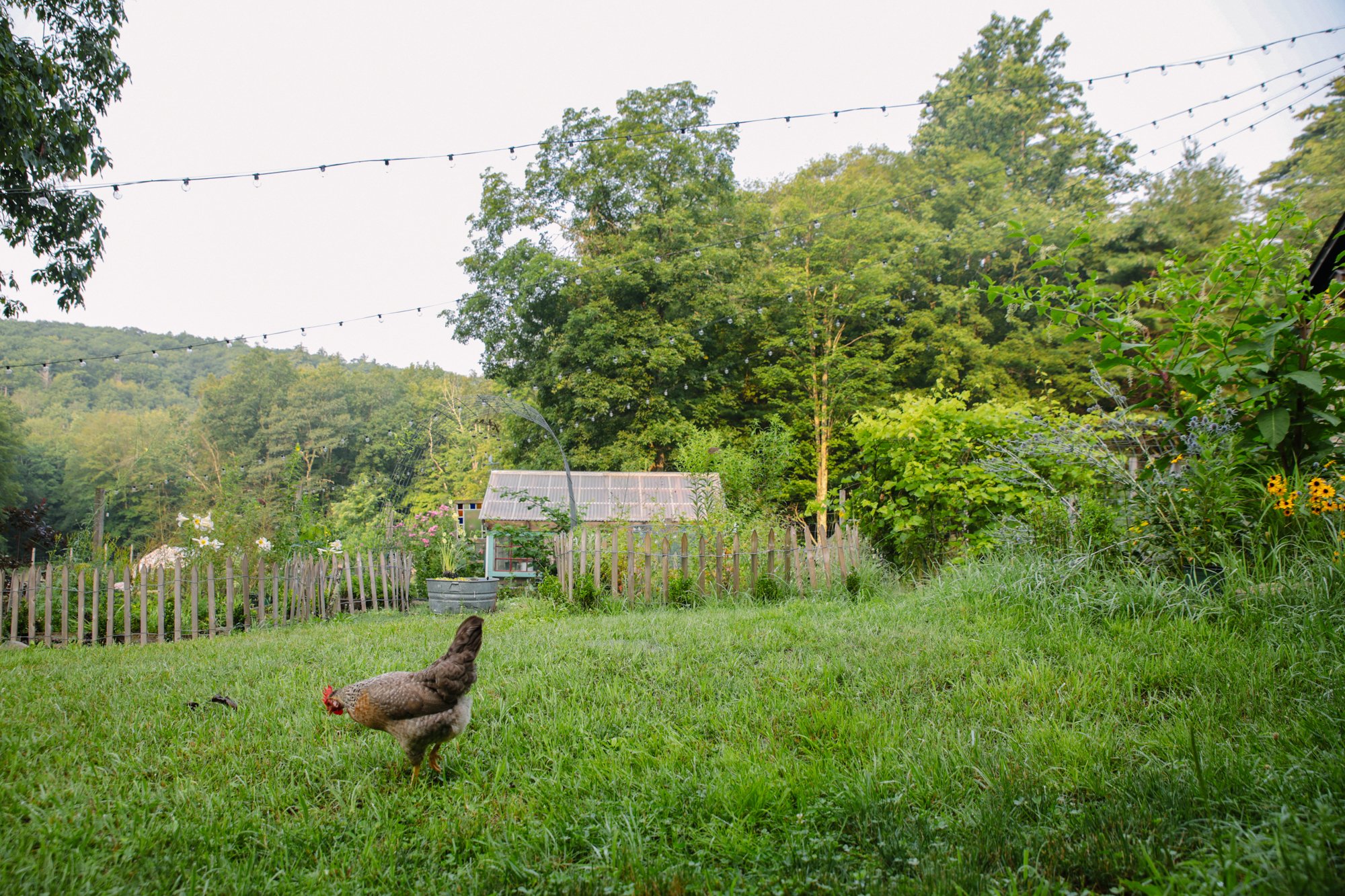Why I Farm
Welcome to Little Pebble Farm blog.
Let me start by sharing a bit about Little Pebble Farm, and me, Kelly Teacher.
I started the farm in the fall of 2020 after volunteering all summer at the wonderful Hidden Acre farm. It was the pandemic summer and I wasn’t working at all in video production, a career I had been focused on since college. For some, the pandemic offered a reset. I had recently lost a family member to cancer and was searching for something that would bring me purpose.
Fall 2020
That fall I bought a Farmer’s Friend hoop house and planted 85 peony tubers (knowing it would be at least 3 years before I could harvest any). I began every flower farmer’s winter pastime of reviewing seed catalogues and learning about new or unusual cut flower varieties. And I started the 2021 season with only a vague idea of how hard farming would be. I thought it would be like gardening on steroids, but there was and is so much more to learn. Gardening prepared me to mix flowers that like the same conditions in the same beds and encouraged me to encourage pollinators. Little Pebble Farm is what most people would call a “market garden” because it’s on a small, human scale. I am my only full-time employee and rarely use anything that runs on gas. The farm is a mere 1/4 acre (within our 55 acres of wooded property). I never use pesticides, I focus on soil health and biodiversity, choosing natives and nativars (cultivars of natives plants like white echinacea) whenever possible.
But unlike gardening, this farm needs to work, it needs to pump out stem after stem of damage-free flowers, week after week May through October. It’s a full-time job, not a hobby!
September 9, 2021
But why do I farm? For the obvious reasons, the romantic ones, the big picture ones. But most importantly because I see myself as a perpetual student and nature as the wisest teacher. I farm to stay curious. Farming teaches me that everything needs to be nurtured, that in order to thrive, it needs the right stuff (sunlight, temperature, nutrients). Unhealthy plants get eaten by bugs. Healthy plants get eaten by deer (hahaha). Farming has also taught me to let go; when I get something wrong, there are no take-backs, there’s only next growing season. And it teaches me to savor the moment. Even when I’m thinking about which tulips to buy in June because I need to plant them in October for them to bloom in April… I still need to take in the beauty of the bearded irises that only light up the farm once a year, or the field swallows teaching their brood to fly, or the dogwood tree delicately showing off in late spring.
Hybrid flowering dogwood tree, June 6, 2022
Cornus x rutgersensis (C. florida x C. kousa)
I recently learned that in Japanese culture, there are micro seasons, only about 5 days long, that references both the poetic and the mundane. From June 11-15 “rotten grass becomes fireflies” or July 29-August 2 “earth is damp, air is humid”. Noted in their celebration of the cherry blossoms, Japanese culture seems to understand the impermanence of nature. Even in the dog days of summer, there is much to celebrate. Even when it’s unhealthy to work outside because of wildfires in Canada, the sunlight is golden all day long. Here are some photos of the farm during one such day.







